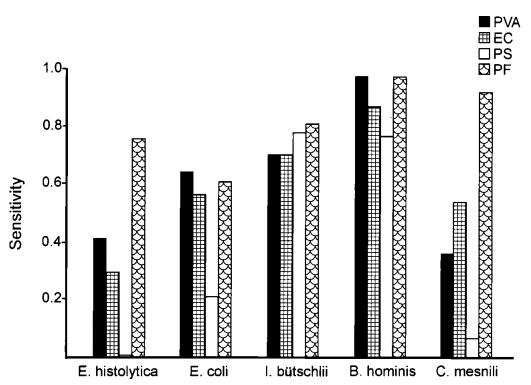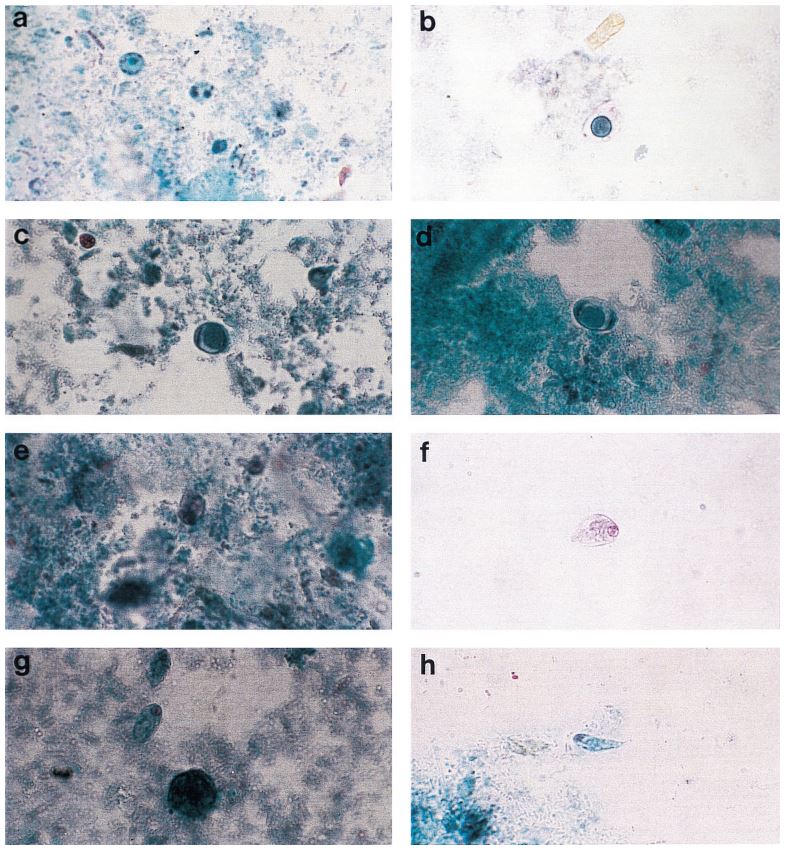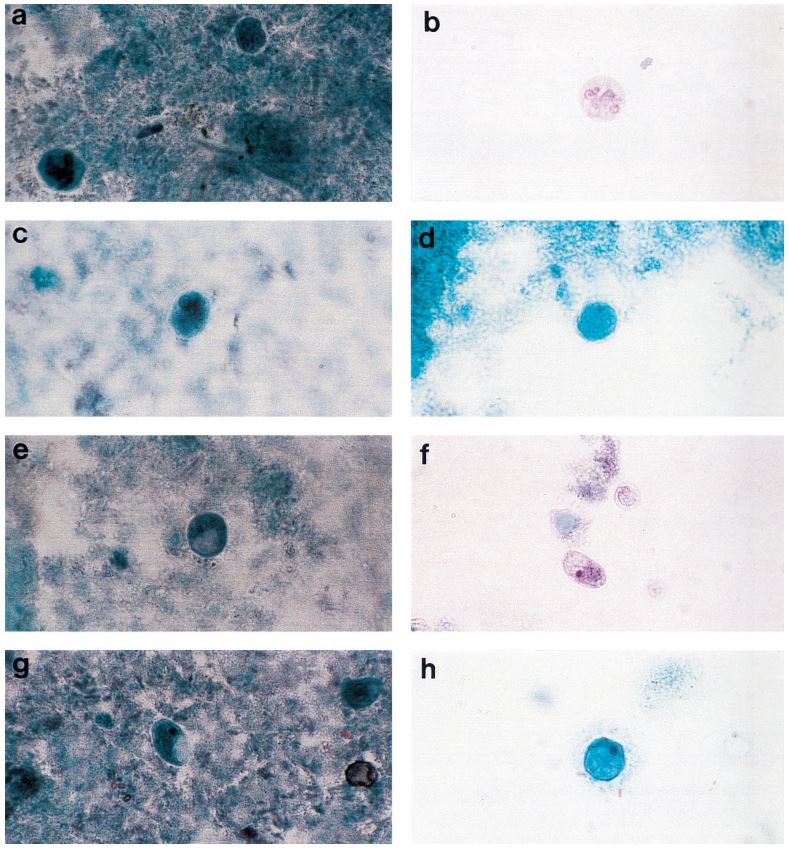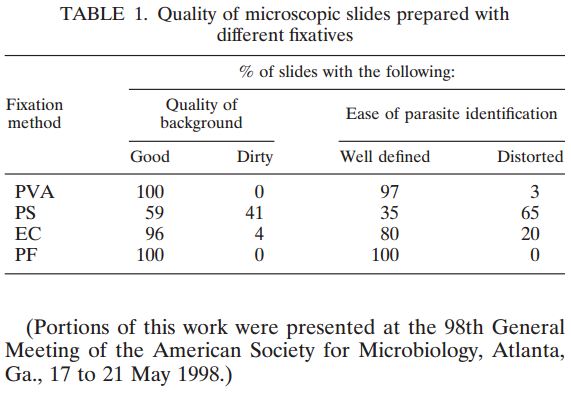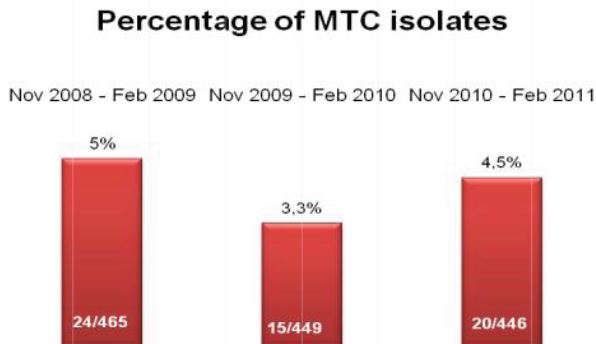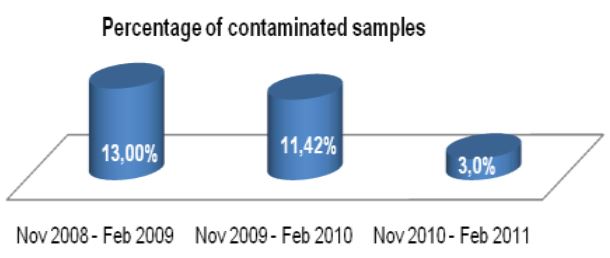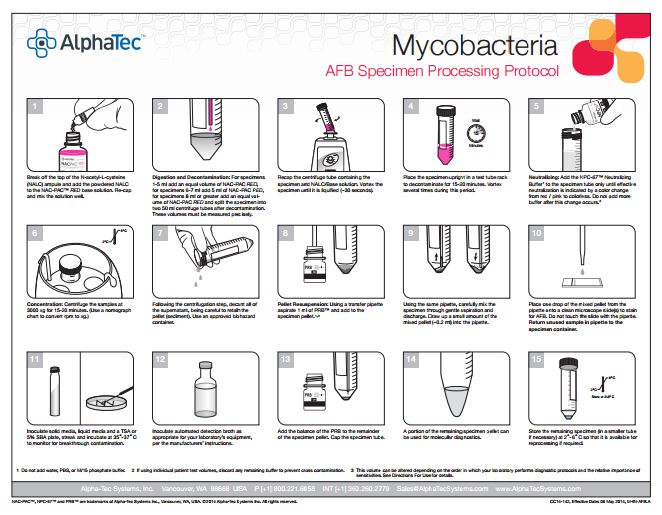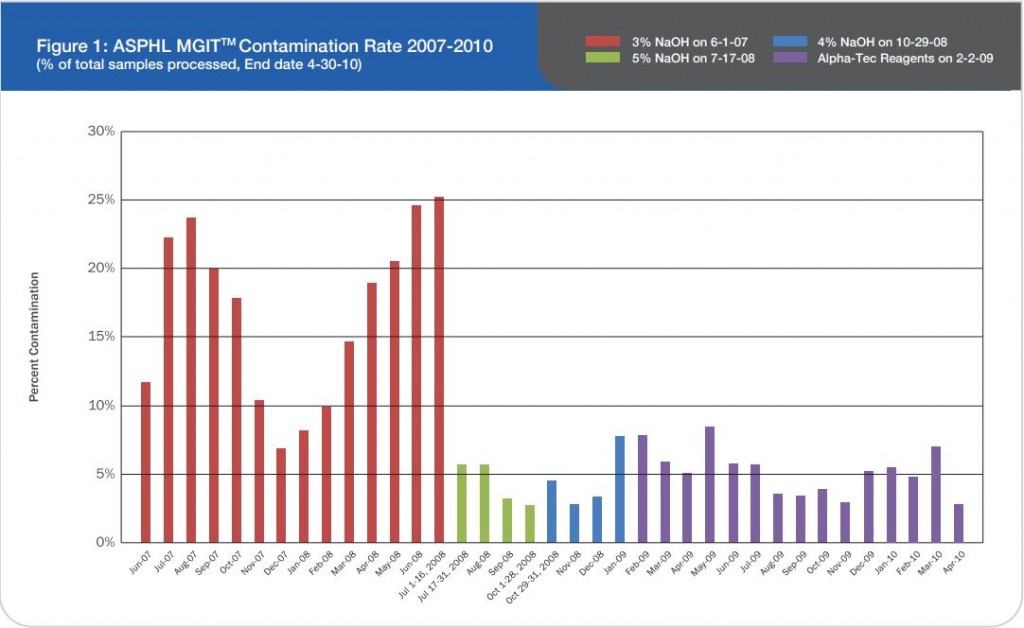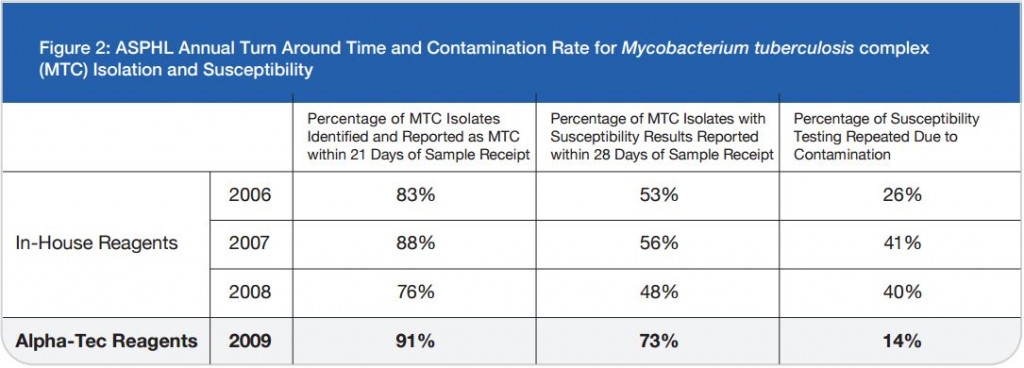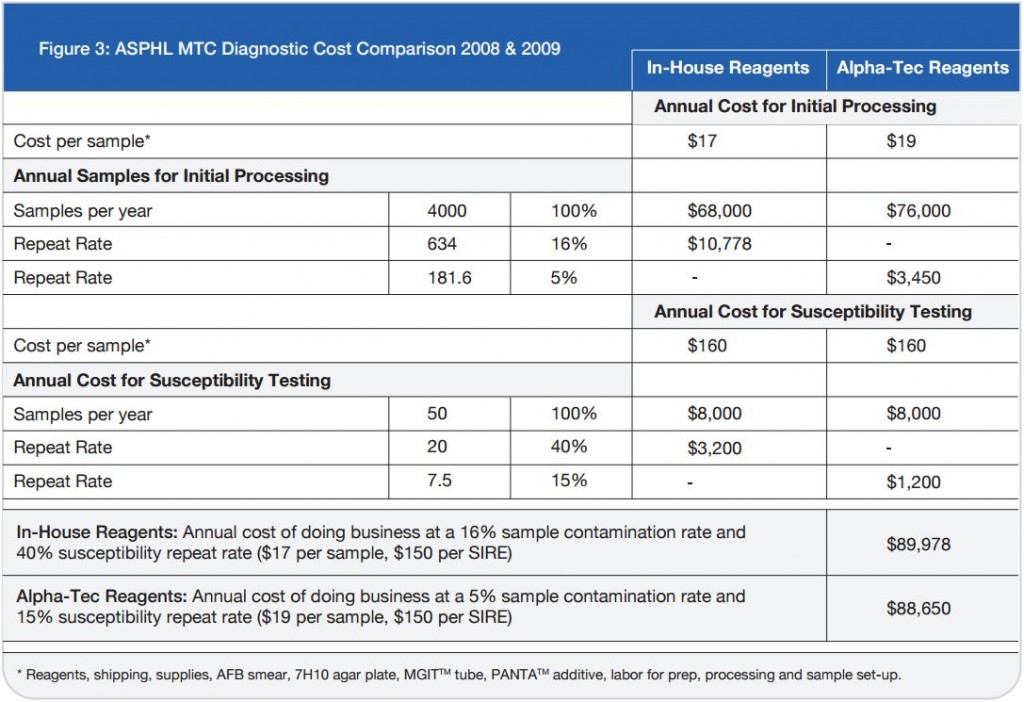Kathy Allen, J.W. Frankel — Florida Dept. of Health, Bureau of Laboratories, Tampa, Florida
B.H. Kwa — U. of South Florida, College of Public Health
Abstract
 In the CONSEDTM sedimentation method, a specially developed solution is substituted for the formalin in the formalin-ethyl acetate concentration methods. In addition, there are some minor changes in the procedure. This study is based on 258 specimens that were processed by both methods. The results for 221 specimens were comparable. Of these, examination of the specimens yielded 96 (37%) positives for one or more parasites and 162 (63%) negatives. In 45 instances, parasites were found by one method but not by the other. In seven examinations, parasites were found by the formalin-ethyl acetate and not by the CONSED method. (Only one was a pathogenic species.) On one specimen, Enterobius vermicularis was found on formalin-ethyl acetate and not on CONSED. In 37 specimens, parasites were found in the CONSED method, but not in the formalin-ethyl acetate method (15 were pathogenic). The specific parasites found were especially important in a comparison of the two methods.
In the CONSEDTM sedimentation method, a specially developed solution is substituted for the formalin in the formalin-ethyl acetate concentration methods. In addition, there are some minor changes in the procedure. This study is based on 258 specimens that were processed by both methods. The results for 221 specimens were comparable. Of these, examination of the specimens yielded 96 (37%) positives for one or more parasites and 162 (63%) negatives. In 45 instances, parasites were found by one method but not by the other. In seven examinations, parasites were found by the formalin-ethyl acetate and not by the CONSED method. (Only one was a pathogenic species.) On one specimen, Enterobius vermicularis was found on formalin-ethyl acetate and not on CONSED. In 37 specimens, parasites were found in the CONSED method, but not in the formalin-ethyl acetate method (15 were pathogenic). The specific parasites found were especially important in a comparison of the two methods.
The CONSED sedimentation method is offered by Alpha-Tec Systems, Inc. (Vancouver, WA USA)
Results
Comparison of parasites found only by one method:
| Parasite Species | Formalin-Ethyl Acetate |  |
|---|---|---|
| Blastocystis hominis | 3 | 11 |
| Entamoeba histolytica | 0 | 6* |
| Entamoeba coli | 5 | 3 |
| Entamoeba hartmanni | 0 | 3 |
| Endolimax nana | 2 | 11 |
| Iodamoeba bütschlii | 0 | 4 |
| Giardia lamblia | 0 | 3* |
| Enterobius vermicularis | 1 | 0 |
| Trichuris trichiura | 0 | 4* |
| Ascaris lumbricoides | 0 | 2* |
Conclusions
1. This report shows that the CONSED sedimentation method is superior to the formalin-ethyl acetate method in a diagnostic laboratory setting for concentrating, finding and identifying parasites and eggs in fecal specimens.
2. The number of pathogenic species found using the CONSED method and not found by the formalin-ethyl acetate method is especially significant.
3. The CONSED sedimentation method is the new, state-of-the-art method for concentrating parasites and eggs in fecal specimens and should be the method of choice.
4. Better results are achieved when PROTO-FIX™ is substituted for formalin as the collecting/preserving solution. Protozoan trophozoites as well as cysts, eggs and juvenile worms are adequately fixed and preserved when the collecting/preserving solution PROTO-FIX is substituted for formalin. For specimens preserved in formalin, trophozoites are rarely seen and sometimes juveniles of nematodes are distorted after concentration by the formalin-ethyl acetate method. The combination of PROTO-FIX and the CONSED method provides the ideal way for the concentration of parasites and eggs present in fecal specimens.
CC14-239, Effective Date: 28 Aug. 2014, M-CP-E-002.B




